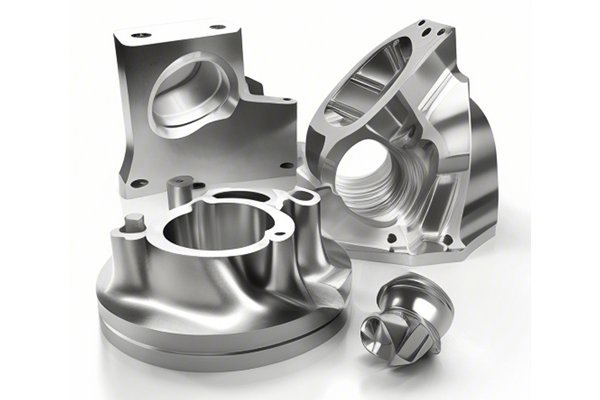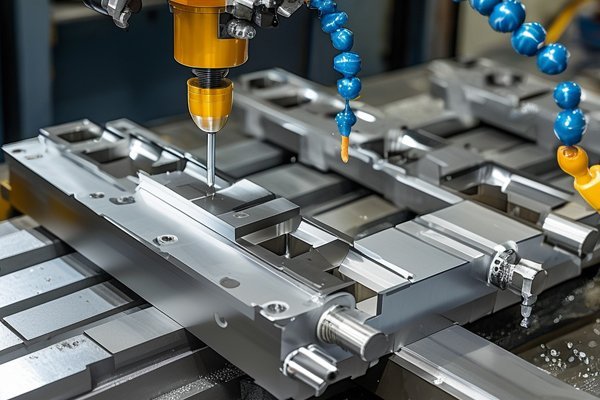Did you know that up to 90% of prototype parts can exhibit dimensional variations due to production methods not designed for precision? In fast-paced industries like aerospace, automotive, and medical devices, the need for high-quality prototypes with tight tolerances cannot be overstated. CNC (Computer Numerical Control) machining, a revolutionary manufacturing process, has emerged as a key player in meeting this need. But how does CNC machining ensure dimensional consistency in prototype parts? This blog will delve into the nuanced mechanisms behind CNC machining, offering insights and practical solutions that can help businesses achieve unparalleled precision and consistency in their prototypes.
Understanding CNC Machining
Before exploring how CNC machining improves dimensional consistency, it’s essential to understand what CNC machining entails.
CNC machining is an automated manufacturing process that utilizes pre-programmed computer software to dictate the movement of machinery and tools. Unlike traditional manufacturing techniques that are often manual and prone to human error, CNC machining relies on programmed instructions to achieve high accuracy and repeatability.
Key Components of CNC Machining:
The Importance of Dimensional Consistency
Dimensional consistency refers to the ability to consistently produce parts that meet the specified tolerances. Variations in dimensions can result in several issues:
Techniques CNC Machining Uses to Improve Dimensional Consistency
Precision tooling in CNC machining is crucial for guaranteeing tight tolerances. The tools used in CNC machines, such as end mills and drills, are designed to high specifications. Furthermore, these tools can be replaced and calibrated easily, allowing manufacturers to maintain their machines and tooling in peak condition.
Solution Steps:
The design phase employing CAD and CAM software heavily influences the accuracy of the end product. These tools allow precise digital modeling, providing the ability to simulate the manufacturing process before any physical work begins.
Solution Steps:
Workholding systems, such as vises and clamps, keep the part secure during machining. An automated or rigorously designed workholding system minimizes movement and distortion, which is critical for maintaining tight tolerances.
Solution Steps:

Five-axis machining allows for the complex movement of tools and parts, enabling the machining of multiple sides in a single setup. This not only reduces setup time but also eliminates the need for re-fixturing, substantially improving dimensional accuracy.
Solution Steps:
CNC machines equipped with real-time monitoring can immediately detect deviations in the machining process. Sensors and feedback systems can alert operators to problematic conditions, allowing for immediate intervention.
Solution Steps:
Programming plays a crucial role in the CNC machining process. Errors in programming can lead to inconsistencies in the final product, whereas precise programming ensures that the machine operates with accuracy.
Solution Steps:
The choice of material can significantly influence the dimensional consistency of the finished parts, as different materials have different properties that can affect machining performance, including thermal expansion, hardness, and machinability.
Solution Steps:
After machining, parts may still require finishing processes to reach the desired surface quality and dimensional accuracy. Techniques like grinding, honing, or polishing can lead to improved consistency.
Solution Steps:
Adopting lean manufacturing principles can streamline workflows, reduce waste, and enhance precision. By minimizing variability in every aspect of production, organizations can achieve higher dimensional consistency.
Solution Steps:
Achieving dimensional consistency in prototype parts manufacturing is critical for industries demanding precision, safety, and efficiency. CNC machining provides a robust framework through enhanced tooling, advanced software, automated systems, and real-time monitoring.
As manufacturers book progress toward Industry 4.0, with automation and data exchange at the forefront, the importance of CNC machining in prototype parts is bound to grow. By understanding and implementing these techniques, organizations can ensure higher quality outputs, reduce errors, and ultimately save time and resources.
The journey toward mastering CNC machining is ongoing, but the benefits to be gained from investing in this transformative technology justify the effort. As industries evolve, a commitment to precision through CNC machining will be vital for staying competitive and achieving excellence in prototype manufacturing. Let this knowledge and insights be the stepping stones to refine your practices and elevate your manufacturing capabilities.






